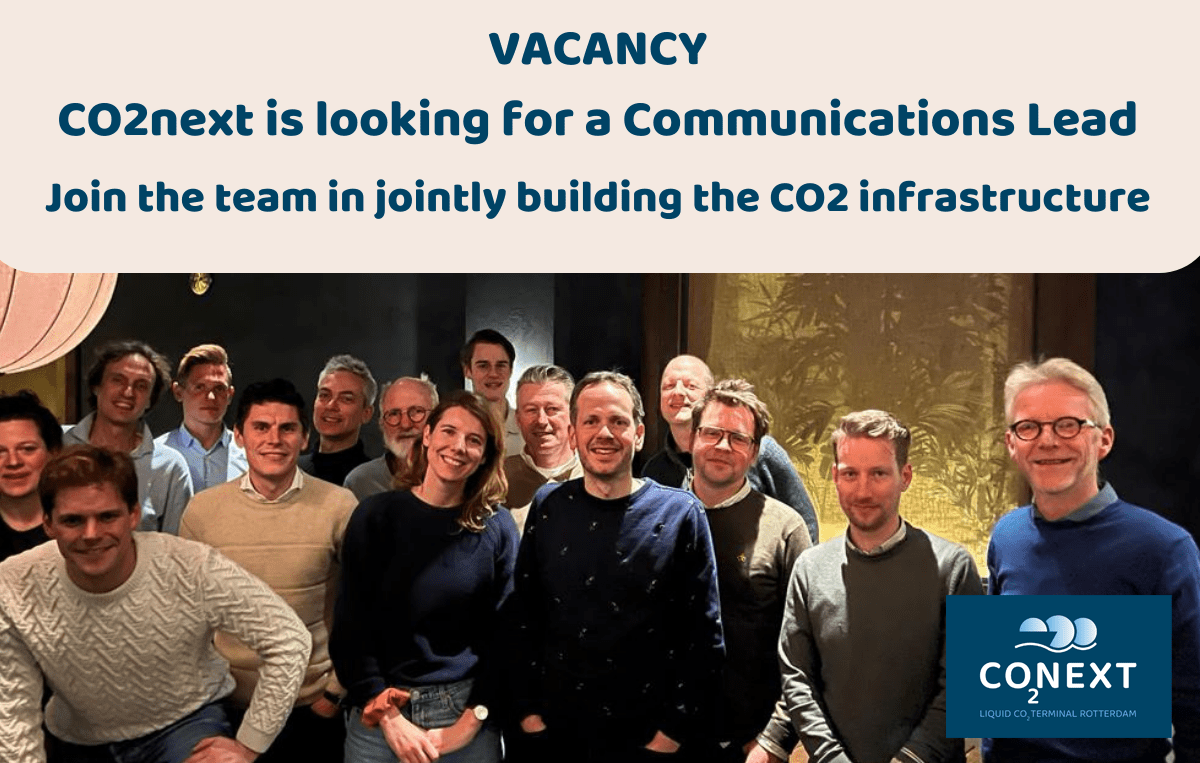Vacancy Communications Lead CO2next
Are you a passionate self-employed communications professional, looking for a part-time role (up to 20 hrs per week) and willing to be part of the realization of crucial CO2 infrastructure needed for CCS solutions and industry decarbonization?
Read More







